

Microbial biomanufacturing for space exploration. What to take and When to make
Blue Marble Space Institute of Science, 2023
Perspective published in Natrue Communications
We define specific design-scenarios and quantify the usefulness of in-space biomanufacturing, to guide techno-economics of space-missions. Especially materials emerged as a potentially pivotal target for biomanufacturing with large impact on up-mass cost. Subsequently, we outline the processes needed for development, testing, and deployment of requisite technologies.
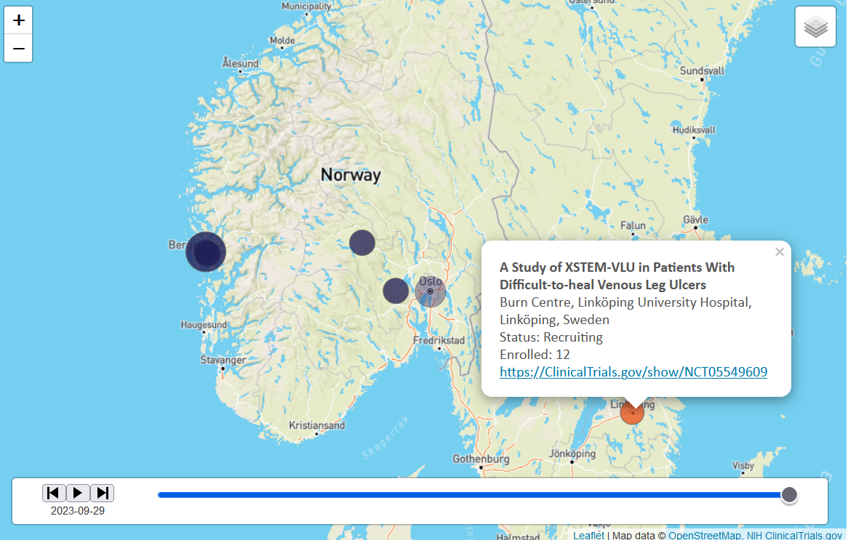
Global Map of Clinical Trials using MSCs
RoosterBio, 2022
Interactive map of NIH data and built using Python and JavaScript
A collaborative, global advanced therapeutics community has coordinated a long-term effort to translate mesenchymal stromal cell (MSC) research into safe and efficacious regenerative treatments. Explore this interactive map of over 1400 trials that enrolled more than 65k participants since 1995.
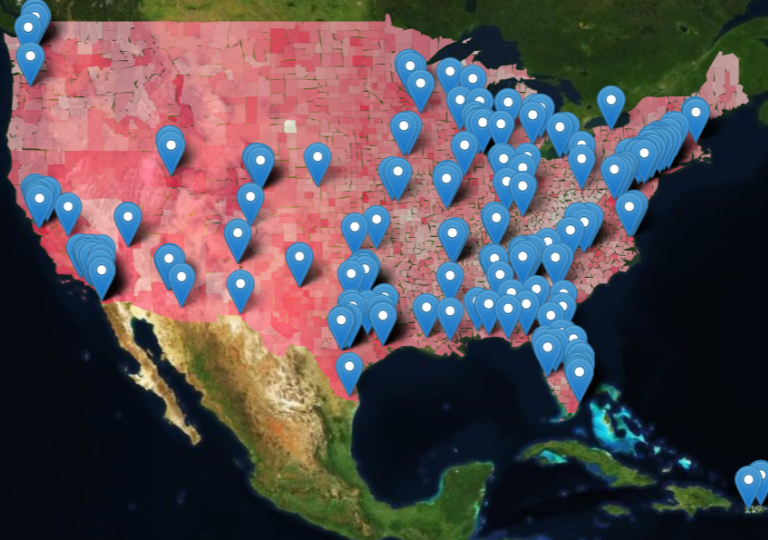
FDA Inspection Sites and CDC Health Statistics
RoosterBio 2022
We built this map to identify current and future locations for cell manufacturing. These facilities are our partners in capacity building to translate promising concepts into accessible treatments. Cell manufauring capacity rate-limits the commercialization of therapeutic breakthroughs.
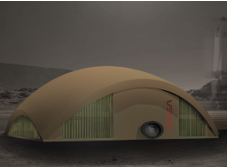
Mycotecture Off Planet: Fungi as A Building Material on The Moon and Mars
NASA Ames Research Center, 2021
Don't bring it with you, grow it there. Experiments explored fungal mycellium as a material space architecture. Is the material suited for acoustic tiling, furniture design, compostable consumables, or insullation? To answer these questions, mycellium was grown, formed into objects, and tested. This efforts aligns with many others to begin growing - as much as building - useful objects off-planet.
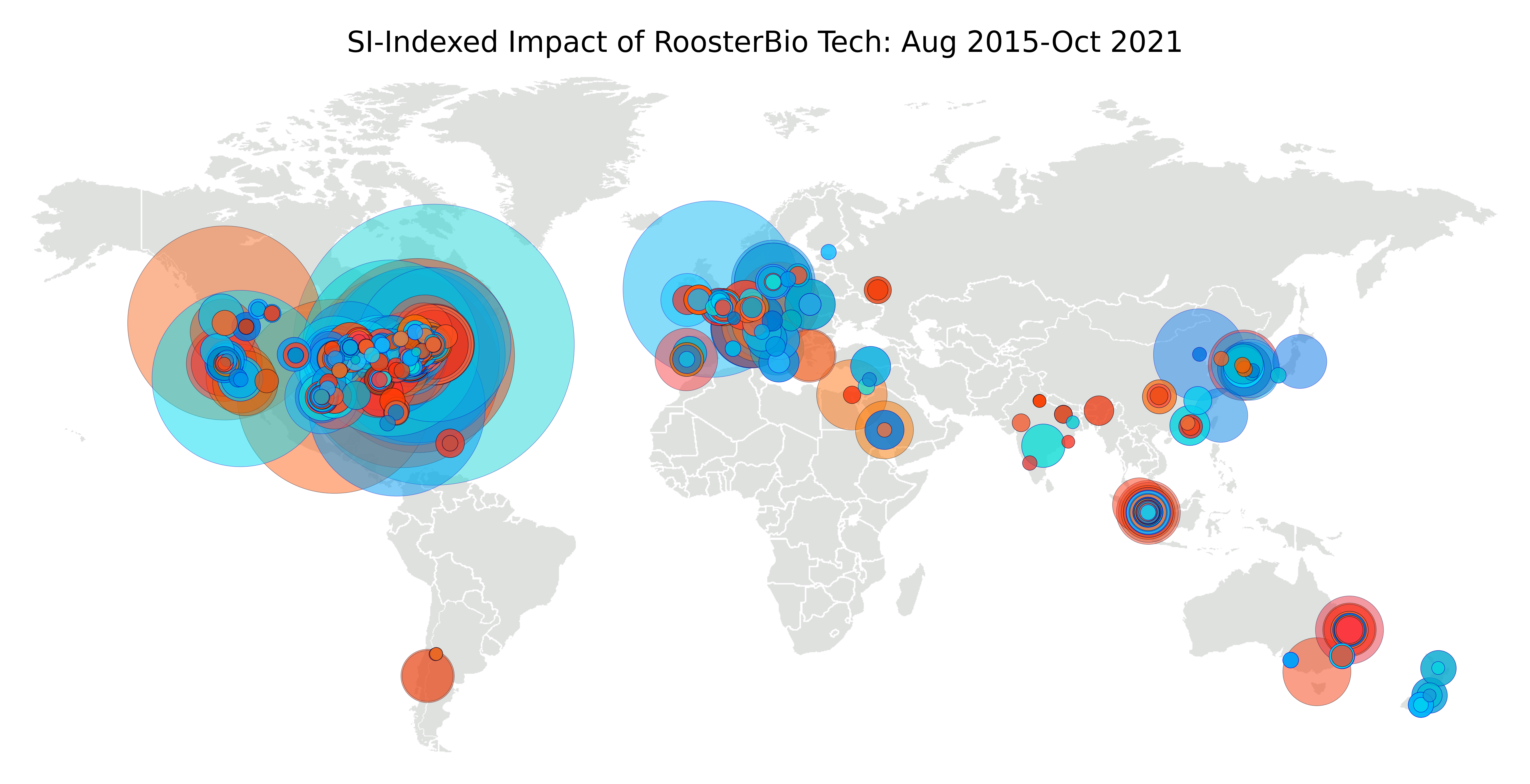
Pre-Peak Adopters of RoosterBio Tech
RoosterBio 2021
Visualization of scholarly article author affiliations built using Python
Who uses RoosterBio tech? Academics across the globe.
RoosterBio cells and media have a global footprint in the corpus of peer-reviewed literature. The map identifies author affiliations for 266 publications that cite RoosterBio technology with a cumulative 5700 citations.
.png)
Slime Mold Computing
The Hawaii Space Exploration Analog and Simulation (HISEAS) 2020
Anatomy self-optimizes to build the shortest, most protected, path from available resources to more resources. What path with a slime mold take from a 3D printed model of volcano to food positioned along the base? We printed and grew to find out.
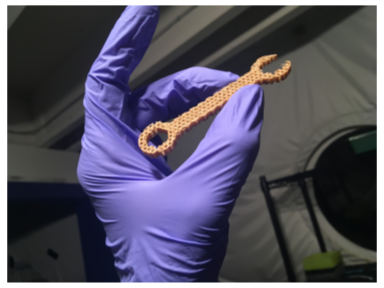
HISEAS Hardware
The Hawaii Space Exploration Analog and Simulation (HISEAS) 2020
During a simulated lunar mission, a team of six and a 3D printer produced a series hardware prototypes - wrench, gears, and more. Does flexible manufacturing enable innovation - even team building - during missions. It certainly can.
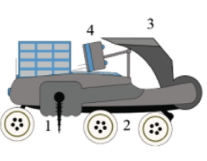
End-to-end mission design for microbial ISRU activities as preparation for a moon village
Blue Marble Space Institute of Science, 2019
article published in Acta Astronautica
In situ resource utilization (ISRU) increasingly features as an element of human long-term exploration and settlement missions to the lunar surface. In this study, all requirements to test a novel, biological approach for ISRU are validated, and an end-to-end mission architecture is proposed. The general mission consists of a lander with a fully autonomous bioreactor able to process lunar regolith and extract elemental iron.

Tidal Pools of Antarctica
Quixote Expeditions to South Shetlands, Antarctica, 2019
What can the ecosystems that survive the Antacrtic winters teach humanity about surviving a trip to Mars? I joined a crew sailing Antarctica's South Shetland Islands, microscope in hand, to see what lived in the tide pools of the high latitudes.
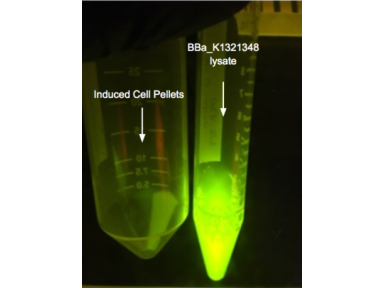
An Astropharmacy
NASA Ames Research Center 2019
Advisor to the Brown Stanford Princeton iGEM Team
Medications degrade over time--especially in space--and take up precious mass and volume. With the push towards long-term human missions to the Moon and Mars, and the recently announced Artemis space program. Our solution is to create an Astropharmacy, a system to synthesize peptide-based drugs on demand in cellular or cell-free expression systems. The Astropharmacy is divided into three stages: disease diagnosis, drug production, and drug purification.